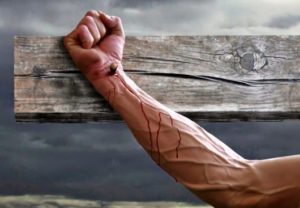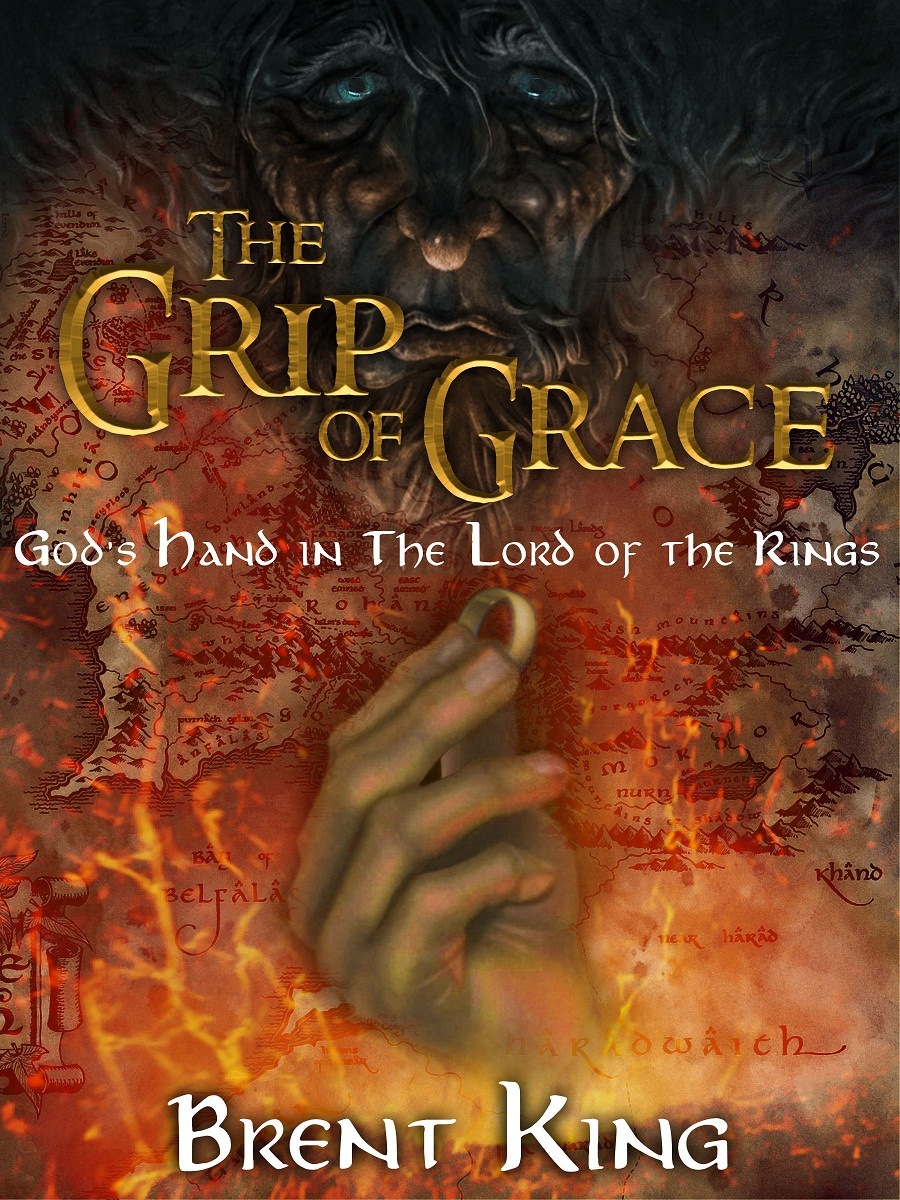A Cruciform God
 No wonder I had it wrong. I’d been looking at it backwards. I’d been trying to understand the God of the New Testament by interpreting Him through the actions of the God of the Old Testament. And all along I should have been looking for a cruciform God.
No wonder I had it wrong. I’d been looking at it backwards. I’d been trying to understand the God of the New Testament by interpreting Him through the actions of the God of the Old Testament. And all along I should have been looking for a cruciform God.
Jesus Has Authority To Redefine the Law
The life and teaching of Jesus flies in the face of any such interpretation. John 1:18 teaches that the only man who has ever seen God was Jesus, who was God and therefore in close relationship with God. Jesus is the Light, the Word, and the Way to God. This means that Christ’s words carry ultimate authority and revelation. Although Jesus was clear that He was the fulfillment of the Old Testament law, He also made it very clear that He had authority to clarify the law and to completely redefining it, which He did on many occasions.
Greg Boyd makes the obvious deduction from the New Testament’s witness:
“Since Calvary gives us a perspective of God’s character that is superior to what people in the Old Testament had, we can also enjoy a superior perspective of what was actually going on when Old Testament authors depicted God engaging in and commanding violence.”
The Law Is Fulfilled In Christ
This means that if there is an apparent clash between the way God acted in the Old Testament and how He behaved in the New Testament, the revelation of the New Testament takes precedent in helping us to understand and resolve that clash. We must read the whole of Scripture through the magnifying lens of the life, death, and resurrection of Jesus, realizing that not only is He the splitting image of the Father (John 14:9), but that all scripture testifies of Him (John 5:39). The Law and the Prophets of the Old Testament are all fulfilled in Jesus. They point to a cruciform God.
“If we remain committed to the conviction that all Scripture is inspired for the ultimate purpose of bearing witness to the revelation of God on the cross, and if we therefore humbly look for the crucified God in the depths of the Old Testament’s violent depictions of God, my claim is that we do, in fact, find him.”
– Greg Boyd
Crucified from the Foundation of the World
The implication of such interpretation is nothing short of stunning because we must find that both Gods are the same. The revelation that is marvelous in our eyes is that the God of the New Testament is doing nothing new. He is, and always has been, a cruciform God. Jesus does nothing that the Old Testament God didn’t do. He is simply doing what He has always done—no more or no less—in His interactions with man throughout the history of the world. To say it another way, God has been dying on the cross since sin began. This means that the horrifically violent depictions of God in the Old Testament must be redefined through the glory of the astounding life of Jesus.
Greg Boyd drives this point home:
“The revelation of God on the cross must bring a once-and-for-all ending to all of our own violent conceptions of Him. Just as we renounce the sin and violence manifested on the surface appearance of the cross, even as we by faith discern God stooping out of love to bear the sin and violence, so too, I contend, we should renounce the sin and violence manifested on the surface appearance of the Old Testament’s violent depictions of him, even as we by faith discern God out of love stooping to bear this sin and violence. For when the sin of the world was nailed to the cross with Christ (Colossians 2:14), the sinful conception of God as a violent warrior God was included. Hence, the revelation of the agape-loving and sin-bearing crucified God entails the permanent crucifixion of the violent warrior god.”
If Jesus Was Not Violent, Then Neither Was Yahweh
Indeed, we have made the serious mistake of characterizing God as violent and severe as we interpreted Him through the partial revelation of the Old Testament, what Paul calls the shadow that points to things yet to come. Instead, we must redefine the Old Testament God as a cruciform God, through the fullness of the glory seen in the face of Jesus and blend them together as one.
Return to Why Did Jesus Have To Die?











